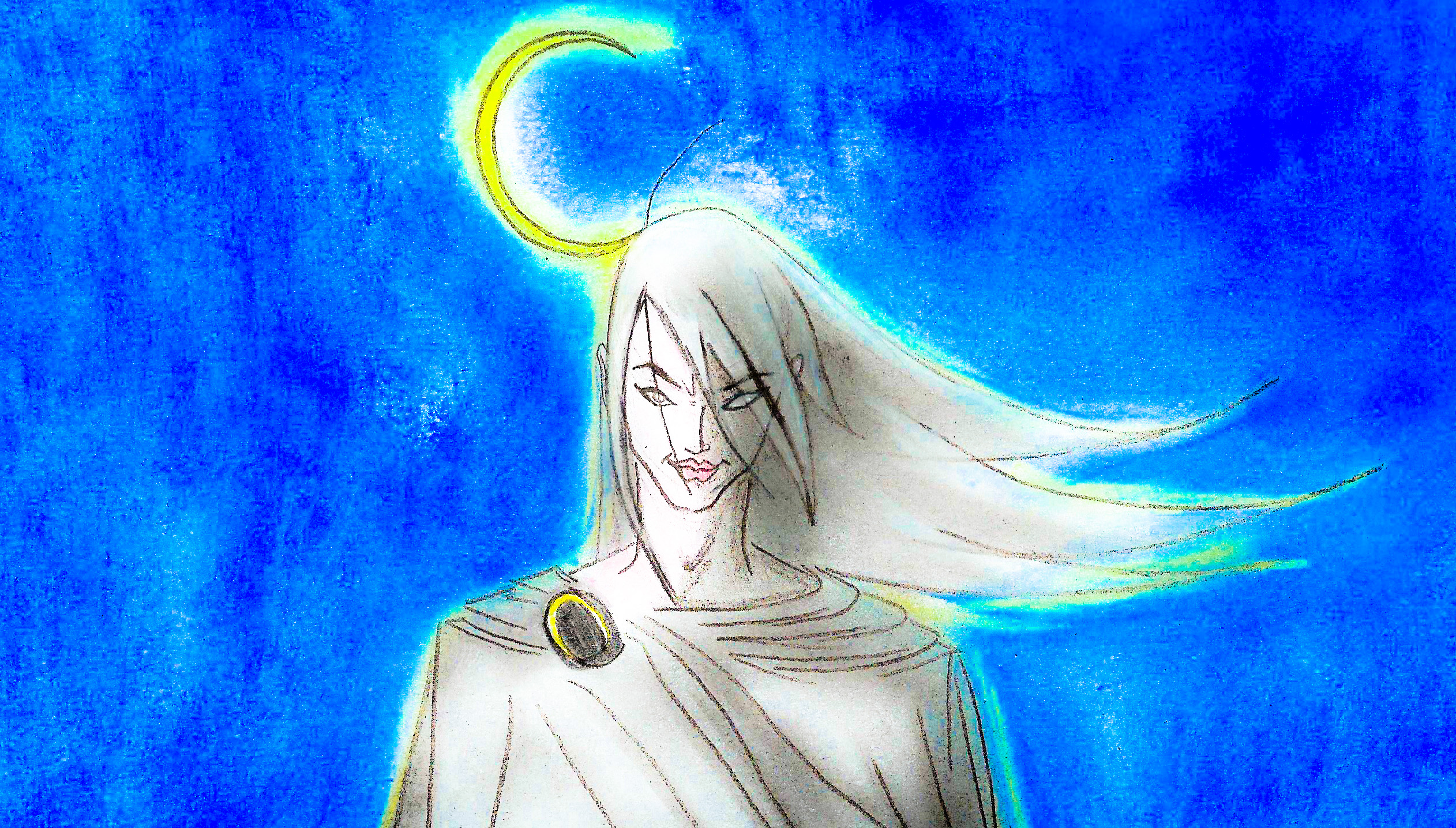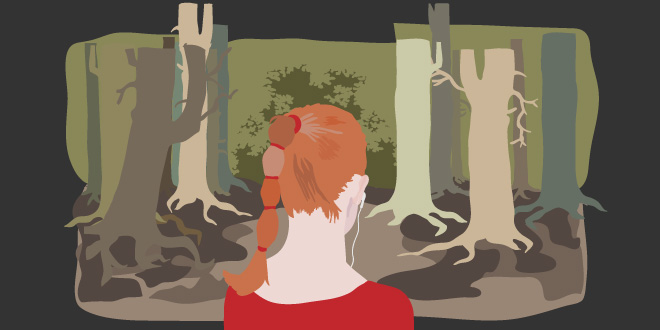Legend of Lilith, Part 1 – The Moonlight Artemis

The silver glint in her eyes reflected the sliver of shining moonlight up in the clear night sky. The moonlight seemed to encircle her irises as her soft gaze hardened into an ominous stare. She was not amused by what she saw. Before her, lying in the middle of the cold, dark cemetery was a young woman, beaten, cold and shivering against a fallen tree, using the branches and leaves to supplant some warmth to herself and the baby inside her. It was clear she was many months pregnant. But it was no accident that on this night she lay motionless, nearing death in the Roman Cemetery in Spitalfields, London on the eve of April 27th, 1759. She had been beaten by her husband in a drunken rage and cast out of the house. But it was the ostracism of the town folk that drove her out into the cemetery, against the deadly cold air of the night. They said she was to be as ashamed as Adam’s Eve was when she presented him the apple in the Garden of Eden. So there she lay there, half-dead already.
The standing, silver-eyed woman, wearing only a black cloak that flapped in the cold wind, crept towards the dying woman and fallen tree. She knew that Eve, the first female human, was never at fault for the Fall of Man; that Eve had never intended to be banished from the Garden of Eden. She knew this because she was there, over thousands of years ago. It was she who had laid on that branch of the tree and convinced Eve to try the apple—to ingest the forbidden fruit. She was the serpent of the Forbidden Tree. After all, the world turned its back on her—including the first man, Adam—why would she not return the favor? Yes, the being kneeling over the dying woman was none other than Lilith, Adam’s first wife. Yet she looked no older than the young woman before her. She, herself, never ate from the Forbidden Tree—never tasted that forbidden fruit—and so her immortality had not left her. Her youth and the silver glint in her eyes never faded.
But despite her immortality she could not overcome the guilt of deceiving a fellow woman. After all, only in time would Eve come to understand herself and the world around her. So she took it upon herself to protect the very souls who she had caused to be banished from the Garden of Eden—the youthful girls, still learning about themselves and the world around them. But she did not hate men, only the subjugation they often tried to impress on women like on this very night!”
The young woman’s breathing began to slow. She was on her last few breaths, each getting colder and colder, as the soft pink of her skin began to sink into the color of blissful blue. Lilith waited. She knew this young girl feared her. She knew that this girl had been taught to fear Lilith, the stealer of children and demon-bearer who sucked the blood from young brides before they could be married. But she did not care for these lies, carefully devised by her enemies to instill fear in the very souls she sought to protect.
She waited for this young woman to release her final breath—a breath filled with fear. Instead, Lilith would fill her soul with a charged energy with which she would give birth to a child who would be the greatest strength for women everywhere in the world. She would give birth to a baby girl whose soul would be engorged in Lilith’s spiritual fire. This baby girl would become one of the very first women in human history to inspire strength in women—to become the first woman in history to record Feminist thought. This would be Lilith’s redemption—the fulfillment of her promise to womankind.
Slowly and steadily, the last breath left the young woman’s mouth, the final touches of blossom pink leaving her cracked lips. Lilith carefully put one hand to her face, her stern eyes turning to face those unmoving ones of the young woman. Lilith inhaled deeply and then began to exhale slowly and steadily. A silver stream of smoky wisps passed from Lilith into the cold, young woman, bathing her in a power she could never have imagined.
A moment passed and suddenly the young woman’s eyes fixated with life, her breathing resumed in gasps. Unbeknownst to her the silver tint now resided in her. But when she looked up, she saw no Lilith, no protector of young girls. All she saw was the sliver of the moon whose moonlight bathed her face, cautioning her of her difficult journey ahead—one that would require her to raise the first hope for women seeking the full potential of their freedom and limitless spirit. One that would bring into the world Mary Wollstonecraft, author of “A Vindication of the Rights of Woman” and future mother of Mary Shelley, the author of “Frankenstein”.
The Legend of Lilith is a two-part short story, its publication spanning FEM and Ha’Am Newsmagazines. The mythological short story depicts a fictional representation of Lilith, a female demon mentioned in Jewish texts, as the First Wife of Adam, and how she affects various figures in history and their resulting works pertaining to the values of equality and truth, derived from Feminism and Judaism, respectively. Part One, “The Midnight Artemis” is published in FEM, UCLA’s Feminist Newsmagazine, while Part Two, “Vision of Golem” is published in Ha’Am, UCLA’s Jewish Newsmagazine.
Check out Legend of Lilith Part 2, Vision of Golem:
The Legend of Lilith Part Two, Vision of GolemSources Used:
1. Kristen E. Kvam, Linda S. Schearing, Valarie H. Ziegler Eve and Adam: Jewish, Christian, and Muslim readings on Genesis and gender Bloomington: Indiana University Press, 1999. p174 “Other scholars, such as Lowell K. Handy, agree that Lilith is derived from Mesopotamian demons but argue against finding evidence of the Hebrew Lilith in many of the epigraphical and artifactual sources frequently cited as such (e.g., the Sumerian Gilgamesh fragment, the Sumerian incantation from Arshlan-Tash).”
2. Tree of Souls: The Mythology of Judaism, by Howard Schwartz, page 218
3. http://www.gnosis.org/lilith.htm
4. Tomalin, 9, 17, 24, 27; Sunstein, 11.
5. Wollstonecraft, The Collected Letters, 139




